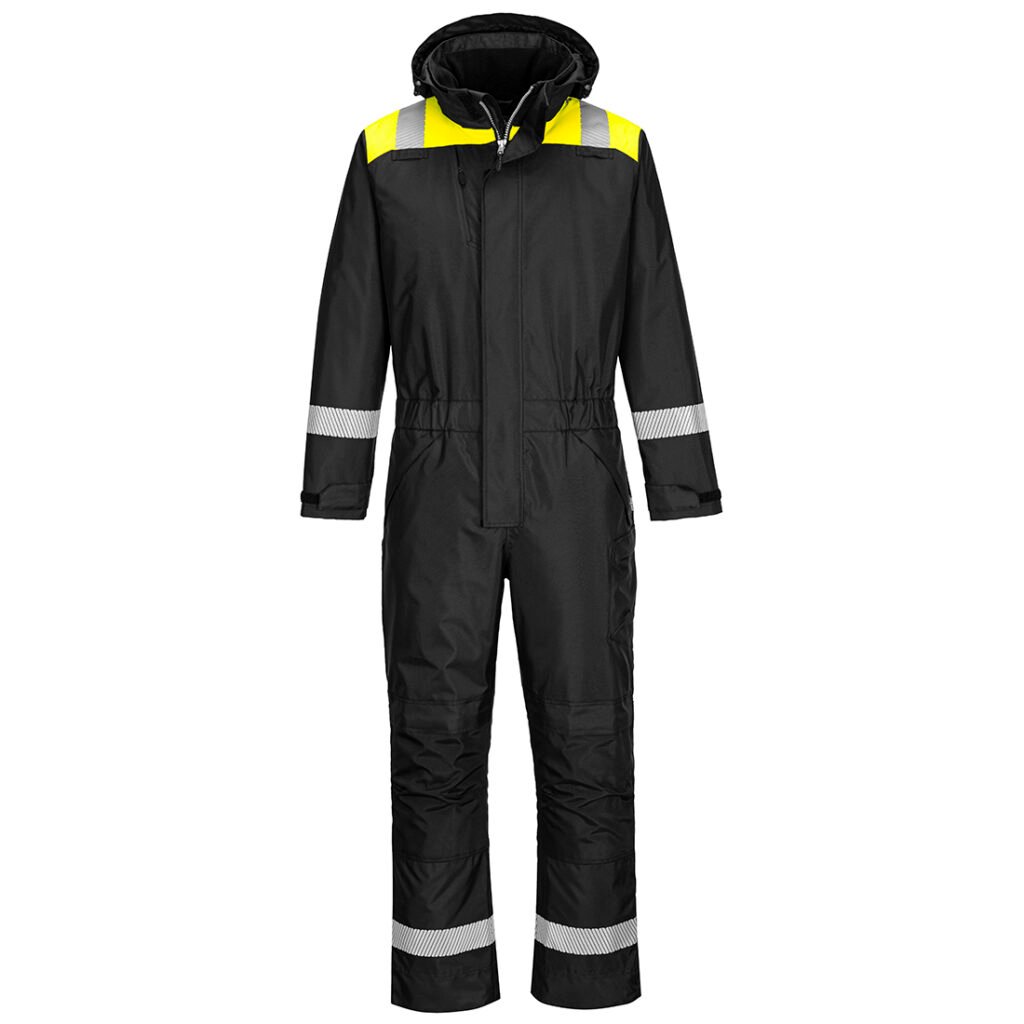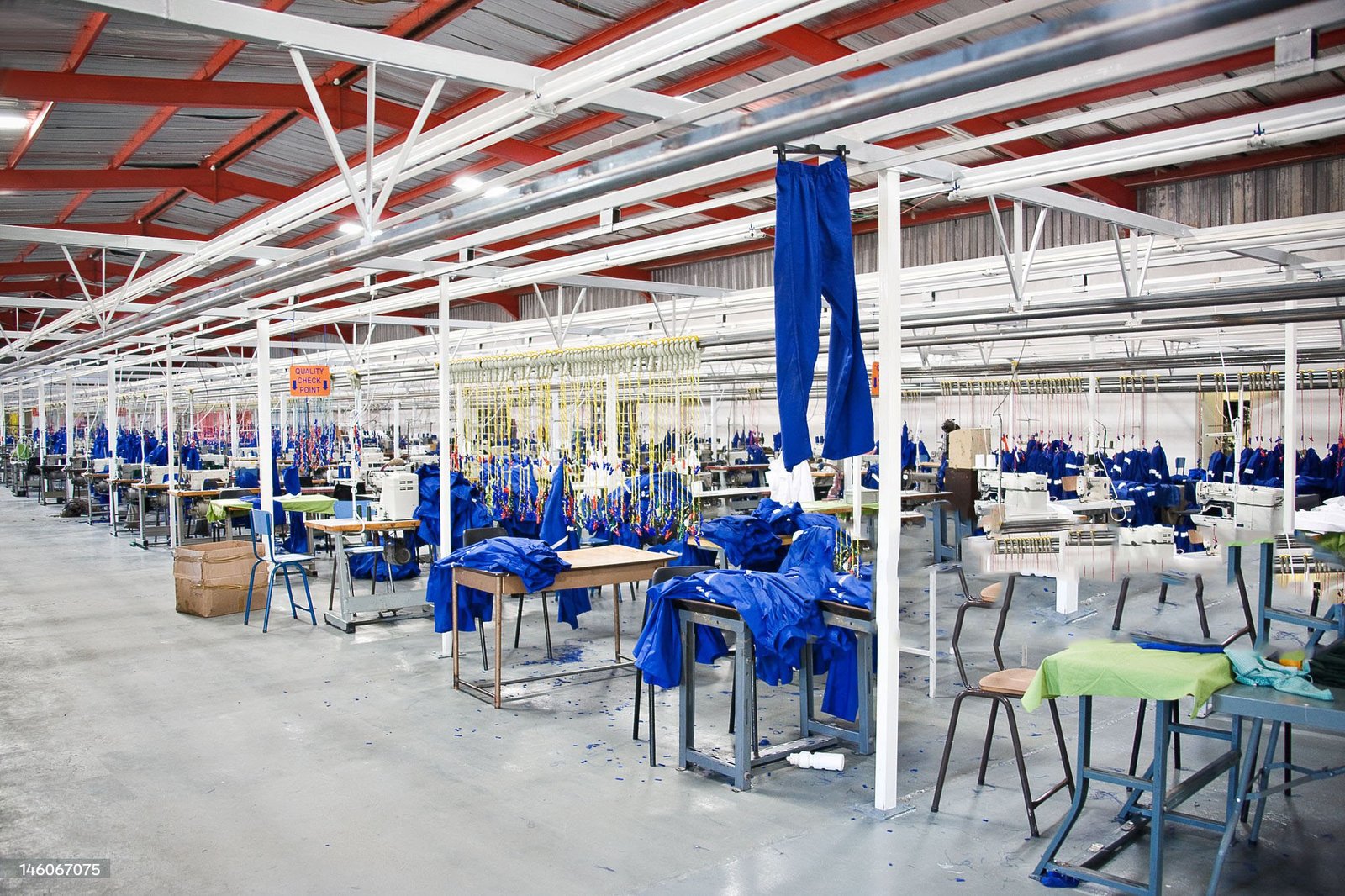Home » What Are The Different Types Of Safety Coveralls?
Safety Coveralls are protective garments that cover the entire body to provide safety and prevent contamination in various industries and work environments.
Coveralls are a form of safety attire made from durable protective fabric. Their purpose is to safeguard workers and their clothing from a range of hazards, such as heat and acid splashes. Consequently, coveralls are in high demand among workers and workplaces.
Moreover, coveralls are available in various types, each serving its own unique function to ensure worker safety. These different types of safety coveralls provide complete protection and enable workers to carry out their tasks comfortably.

Disposable Coveralls:
These coveralls are made of lightweight, disposable materials such as non-woven fabric or polyethylene. They are often used in cleanrooms, laboratories, medical facilities, and other environments where protection against liquids, chemicals, or particles is required. Disposable coveralls are typically single-use and are designed to be discarded after each wear.
Flame-Resistant Coveralls:
Flame-resistant (FR) coveralls are made from materials that are resistant to ignition and provide protection against flames and heat. They are commonly used in industries such as oil and gas, welding, electrical work, and firefighting. FR coveralls are designed to self-extinguish and prevent the spread of flames in case of accidental exposure to fire or high heat.
Chemical-Resistant Coveralls:
Chemical-resistant coveralls are specially designed to protect against chemical splashes, spills, and hazardous substances. They are typically made of materials such as neoprene, PVC, or other chemically resistant fabrics. These coveralls are used in industries such as chemical manufacturing, pharmaceuticals, agriculture, and hazardous waste handling.
High-Visibility Coveralls:
High-visibility coveralls, also known as hi-vis coveralls or safety coveralls, are designed to enhance visibility in low-light conditions or hazardous work environments. They are typically made of brightly colored or fluorescent fabric with reflective tapes or strips. High-visibility coveralls are commonly worn by construction workers, road maintenance crews, airport personnel, and emergency responders.
Biological/Infectious Disease Coveralls:
These coveralls are used in medical and laboratory settings to provide protection against biological hazards and infectious diseases. They are typically made of impermeable materials such as polyethylene or synthetic non-woven fabrics. Biological coveralls often feature sealed seams, hoods, and integrated boots or shoe covers to prevent contamination.
Cold-Weather Coveralls:
Cold-weather coveralls are insulated garments designed to provide warmth and protection in cold or freezing environments. They are often made of durable, water-resistant materials and feature additional insulation or lining. Cold-weather coveralls are commonly used in industries such as construction, mining, and outdoor work during winter months.
Conclusion
These are just a few examples of coverall types, and there may be variations and specialized coveralls depending on specific industry requirements and hazards. When selecting coveralls, it is important to consider the intended use, the level of protection needed, and any specific safety standards or regulations that apply to your industry.
